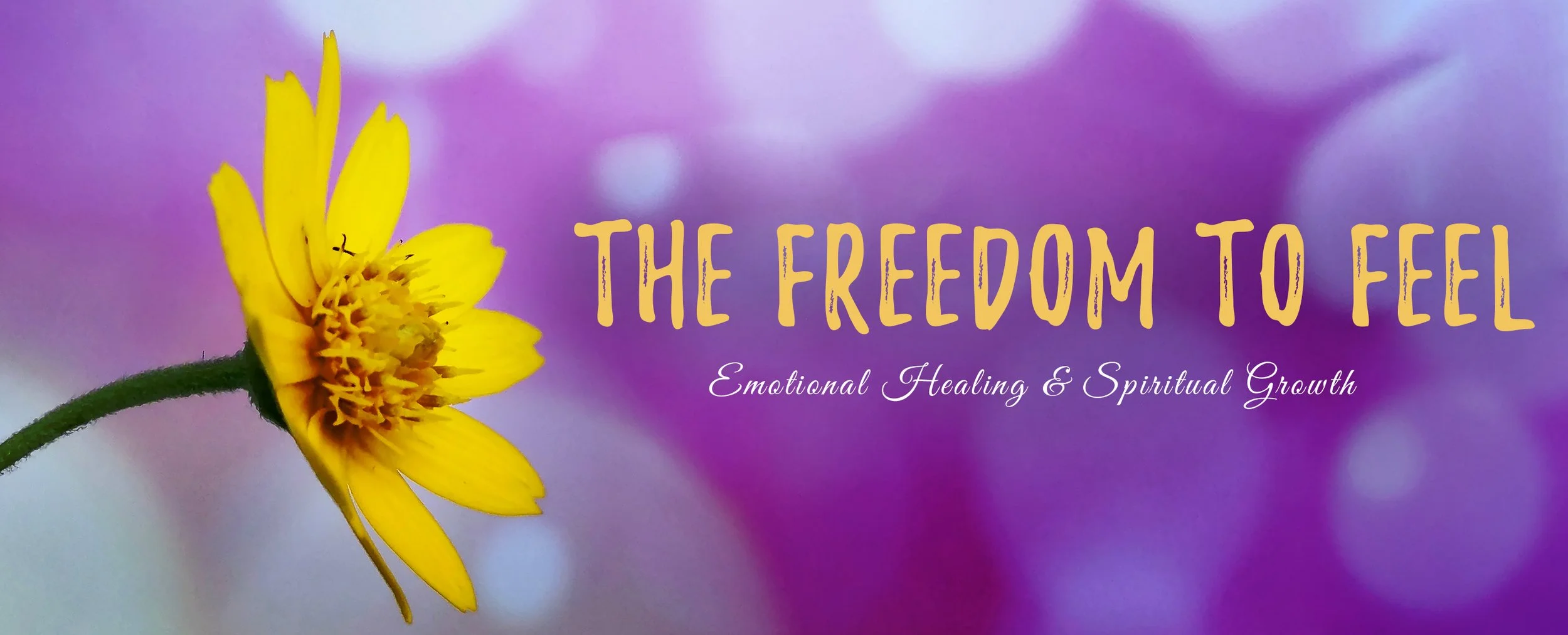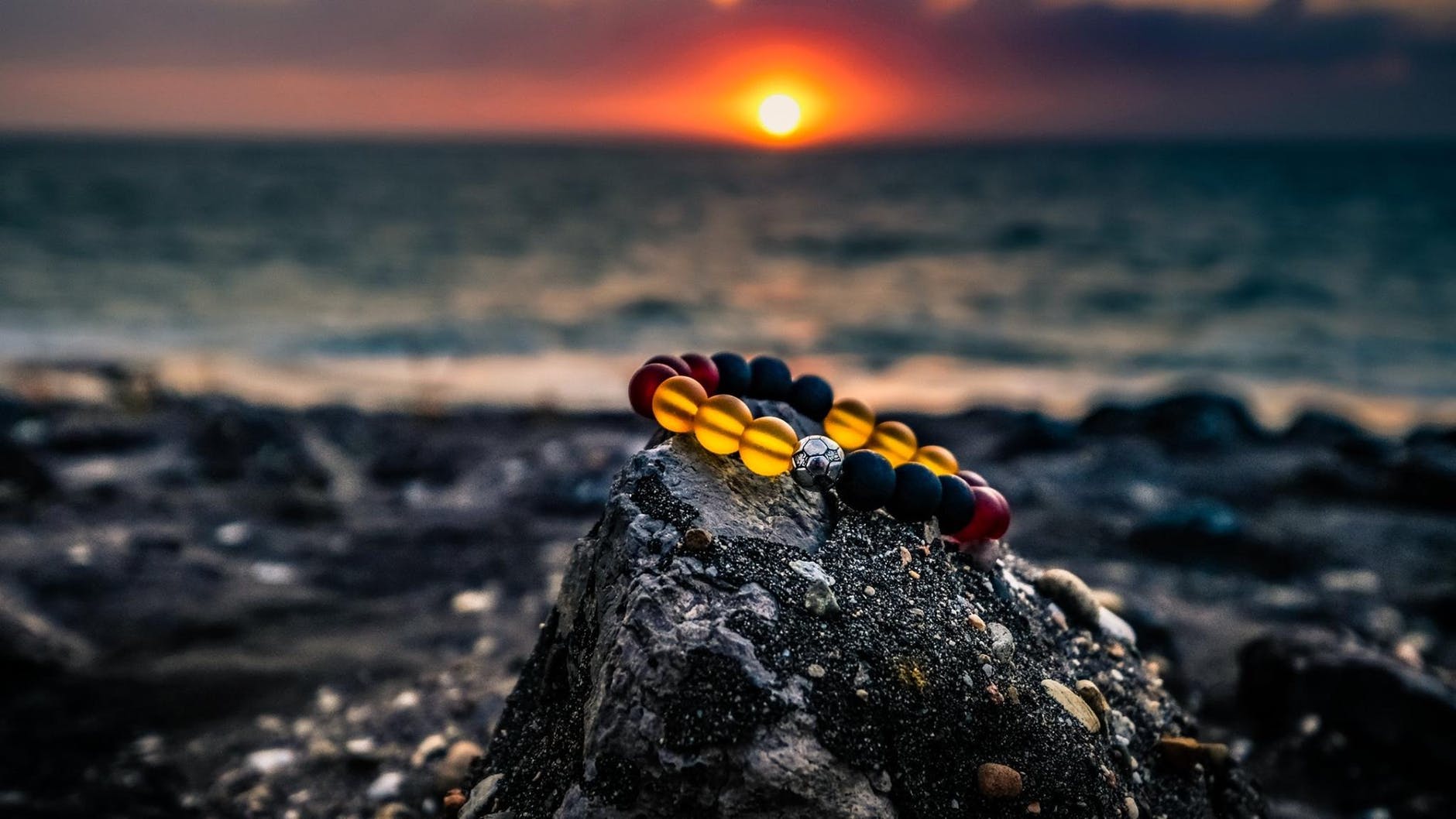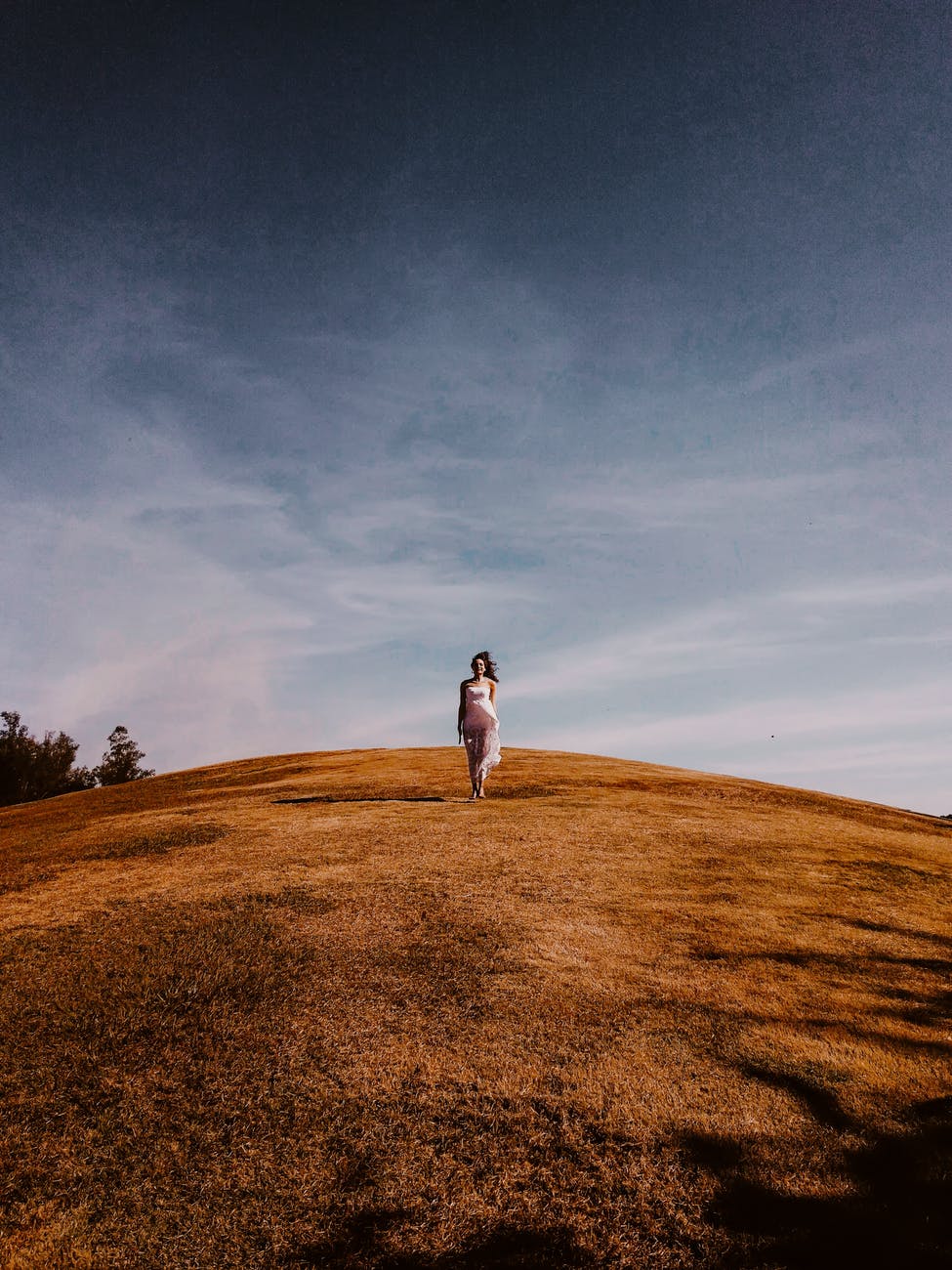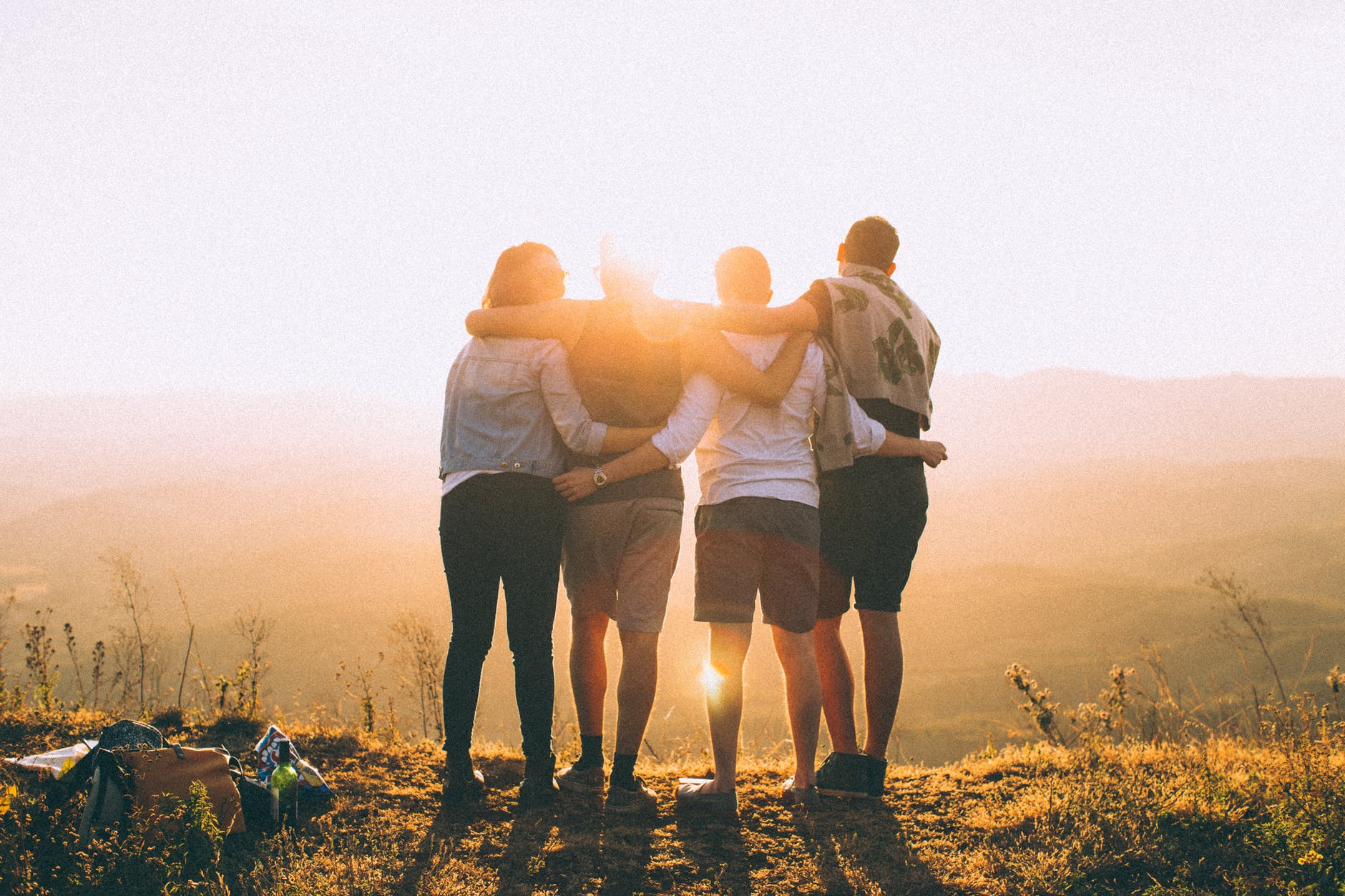"Knowing who you are is confidence. Confidence, not cockiness. Cockiness is knowing who you are and pushing it down everyone's throat." -- Mila Kunis
Do you know anyone who constantly tells you how great they are? Whether it's a blatant statement of bragging or a masked self-compliment, it's easy to recognize those who swagger. They are the ones who like to 'up' your story, who always have a better, bigger, or bolder experience than the one you shared.
They often are the loudest one in the room (though not all loud people are cocky--don't confuse that!), are able to speak over others, and are inclined to tell long, detailed stories, rarely pausing to read the expressions of those around them, assuming everyone is deeply fascinated with their tale. They interrupt. They have this uncanny way of steering every conversation back to them. When you speak, if you get the chance, you wonder if they are hearing anything you say.
There's something in them, some sort of inner need, that has to let you know that they are smart, successful, and superior. It's the kind of person we try to avoid at the office, at a party, or when we're out and about. And though they can appear to be quite confident, I think, deep down, their need to boast comes from a place of inferiority.
"Let another man praise you and not your own mouth; a stranger, and not your own lips." -- ancient proverb
And then there are those who struggle with having any confidence at all. These people live a cowardly life, tending to avoid confrontations and have difficulty speaking their truth. They sometimes stumble over their words and/or don't speak loud enough for you to hear clearly. They lack confidence in their own judgment, hesitate to try new things, and avoid challenges like the plague. Because of this lack of trust in self, they question their own abilities and often feel powerless. Those who struggle with personal power tend to have difficulty setting appropriate boundaries and can be "yes" men/women.
Somewhere in between the two extremes lies the emotionally intelligent competency of personal power.
"Confidence, like art, never comes from having all the answers; it comes from being open to all the questions." -- Marianne Williamson
Personal power, that sense of self-confidence and an inner knowing that you can thrive through life's challenges, can sometimes be confused with cockiness, but it's not that at all.
Those who have personal power -- who are strong in this understanding of their strengths (and areas of growth) believe they can set the direction of their lives. They are not victims to the winds of change but sense when things need to shift and take action to make that happen. They have a calm inner conviction about who they are and their abilities. Those rich with this competency tend to know what they want and go after it, and can speak their truth and give voice to their values and convictions.
Though they are the ones that make things happen, those with strong personal power don't always have to do it brashly and loudly. One important aspect is that they can distinguish between the things they can control and the things that are out of their control, and can let go of the latter when needed. They are always learning and never propose to have it all figured out.
Listen for how they define self. You'll hear them speaking about qualities of the heart, not about what they do. Try asking at your next social gathering, "Tell me about yourself?" and listen for whether or not they tell you what they do or who they are.
Think of those you lead -- or those who lead you -- your colleagues, your teammates, your manager, the boss, your pastor, your significant other, or someone you just admire. Which of these three C's does he/she lean toward: cockiness, cowardice, or confidence? Which type of leader would you rather follow? Which would you rather work alongside? I daresay we all are most drawn to those with true confidence.
Even more importantly, can you discern when you are being cocky, cowardly, or confident? It's an awareness worth developing.
"There is a fine line between confidence and cocky. Confidence can bring you many things, but cockiness can make you lose many things." -- Azgraybebly Josland
Those who take the time to develop this competency of personal power unleash their ability to convey their ideas and solutions in an assured manner which gives others confidence in their ability to solve problems and achieve results. In other words, those that have personal power can lead, and lead well.
Most of us dance between the three, cockiness, cowardice, and confidence, depending on the day, our mood, and our behavioral self-control. In other words, we all have room to grow. Here are nine practical steps to begin moving toward true confidence/personal power:
Remember the glory days. Success breeds confidence, so take a moment to remember the things you've achieved in life so far. What are your success stories? Where have you excelled? When did you accomplish a goal you set out to reach and how did you go about accomplishing it? Remembering past successes -- even those you achieved as far back as childhood -- can help boost your levels of personal power when you begin to doubt your abilities.
It takes a village. Now think about who helped you accomplish those goals? Who believed in you or gave you the inspiration to keep going even when things got rough? Did anyone provide financial means which enabled you to succeed, or come alongside you as a friend or mentor to be there when you needed them? Reminding ourselves that our successes most always are a team effort can help us avoid the full-of-self syndrome. And leaning into friends as you accomplish goals can be a source of encouragement and help ensure success.
Identify the voices. I led a women's group once and we attempted to get to the root of our insecurities. In almost every case, as children, we had been told by someone that we couldn't -- or shouldn't -- and now, as adults, we still believed that lie. Think on the areas where you lack confidence and see if you can remember where you first heard that maybe you were no good at it. Identify who said it and when. Recognizing the source of negative thoughts can help put them in their place as you move toward a more positive outlook.
Stop the hurtful self-talk. Even if someone was hurtful with their words, it's most likely you who continues the negative self-talk. Notice when you say, "I can't" or start a sentence with "I'm only...", diminishing yourself. Try not to begin with "I'm sorry, but...". Learn to state your truth without apologies. Also listen if you tend to tag "isn't it?" at the end of a suggestion, or "right?" Those words are a way of seeking approval of others and teaches them to treat us as lacking power.
Build some fences. Setting boundaries and learning to say "no" can free us up to accomplish the things that are important to us. Being a yes man/woman actually limits us to doing only what others ask of us vs. moving in the direction that we want. You may need to spend some time reviewing your value and clarifying your goals to begin setting appropriate boundaries.
Lay down the remote. Determine which things in your life you have control over, and which areas you don't. Hint: you can never control others’ thoughts, behaviors, or actions. Trying to control what you can't will only lead to frustration. What you do have control over are your own thoughts, behaviors, and actions.
Dream a little dream. When we create something new, it appears first as a thought. Envision yourself as smart, competent, articulate, poised, admired...and humble. Use the prompt, "In a perfect world, I would ___" and fill in how it would look if you were teeming with personal power.
Shhh. In your next conversation, and those that follow, determine to listen more than you speak. Ask open-ended questions with the goal of learning more about the other person and the whys behind their thoughts and actions. If you tend to tell long-winded tales, shorten your stories and pause often to ask the other person to share as well.
Follow the leader. Find those in your life that exhibit true confidence and strive to emulate them. Watch how they interact with others -- in meetings and in one-on-one conversations. If possible, ask to meet with them for lunch and learn from them.





















